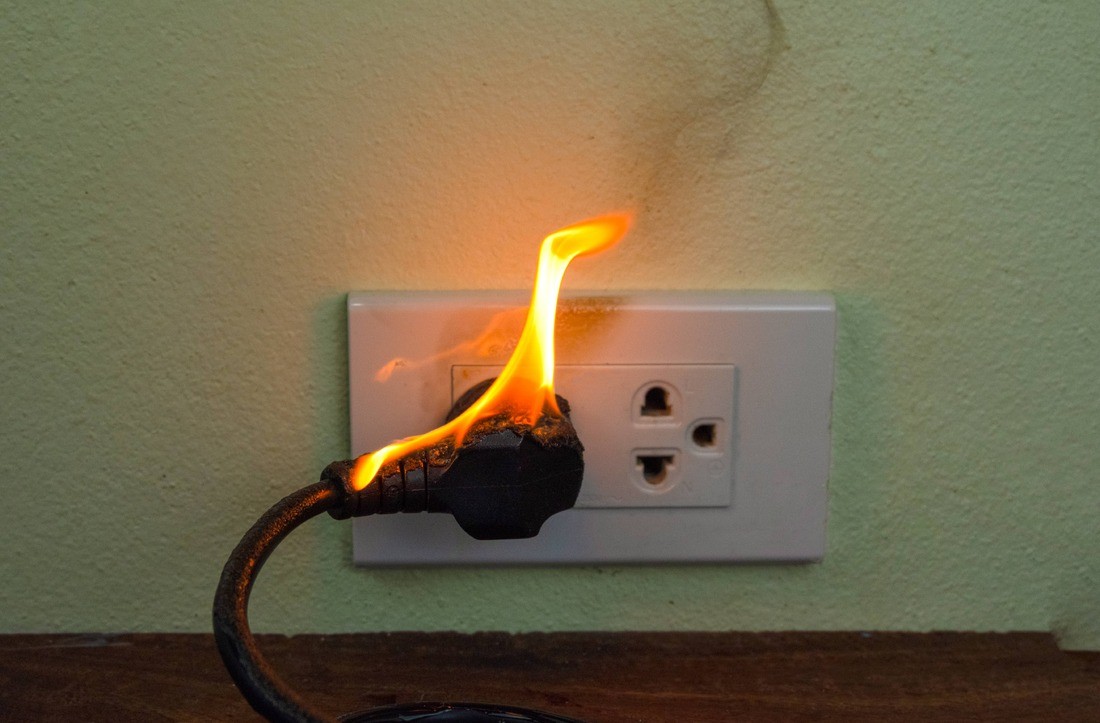
The Importance of Proper Ventilation in Fire Damage Restoration
Fires can cause immense damage to a property, leaving behind smoke, soot, and structural damage. Fire damage restoration is a crucial process in restoring a property to its pre-fire condition. One essential aspect of this restoration process is proper ventilation. Proper ventilation plays a significant role in removing smoke, odors, and toxins from the affected areas. It helps in improving air quality, preventing further damage, and ensuring the safety of the restoration professionals and occupants.
The Benefits of Proper Ventilation in Fire Damage Restoration

1. Removal of Smoke and Odors: Fire produces large quantities of smoke, which can penetrate various surfaces and materials in a property. Proper ventilation helps in removing smoke particles, reducing odors, and improving indoor air quality. It eliminates the lingering smell that can persist even after thorough cleaning.
2. Minimizing Health Risks: Smoke and soot contain harmful particles and chemicals that can pose health risks to the occupants and restoration professionals. Proper ventilation ensures that these contaminants are efficiently removed, reducing the risk of respiratory issues, allergic reactions, and other health problems.
3. Preventing Mold Growth: After a fire, the excessive moisture from extinguishing efforts can create an ideal environment for mold growth. Proper ventilation helps in drying out the affected areas, preventing mold and mildew from proliferating. It also aids in maintaining a balanced humidity level, reducing the risk of secondary damage.
4. Supporting Fire Damage Cleanup: Effective ventilation allows for better access and visibility during the cleanup process. It helps in removing debris, cleaning surfaces, and identifying hidden damages. Proper airflow can expedite the drying process and minimize the time required for restoration.
5. Ensuring Structural Stability: Fire can compromise the structural integrity of a building. Proper ventilation aids in assessing the extent of the damage, identifying weakened structures, and preventing further deterioration. It promotes the drying of structural components and helps in preserving their stability.
.jpg)
The Fire Damage Restoration Process and Ventilation
The fire damage restoration process involves several steps, and ventilation is an integral part of each stage:
1. Initial Assessment: Restoration professionals assess the extent of the fire damage, including smoke and soot infiltration. They identify areas that require thorough cleaning and determine the ventilation requirements for effective restoration.
2. Air Filtration and Purification: High-efficiency particulate air (HEPA) filters are used to filter and purify the air in the affected areas. These filters effectively capture smoke particles, soot, and other contaminants, improving air quality and preventing cross-contamination.
3. Structural Cleaning: Proper ventilation is essential during the cleaning process to ensure the removal of smoke residues from surfaces, fabrics, and furniture. Ventilation systems, such as fans and air movers, help in directing clean air and expediting the drying process.
4. Deodorization: Ventilation plays a crucial role in eliminating persistent odors caused by smoke. Restoration professionals use various deodorizing techniques, such as ozone generators and thermal fogging, while ensuring proper ventilation for the safe and effective elimination of odors.
5. Final Inspection: Before completing the restoration process, a final inspection is conducted to ensure that all fire damage has been addressed. Proper ventilation during this phase helps in assessing the restoration success by verifying the absence of smoke particles, odors, and other contaminants.
Conclusion
Proper ventilation is of utmost importance in fire damage restoration. It contributes to the successful restoration of a property by effectively removing smoke, odors, and contaminants. Adequate ventilation promotes a safe and healthy environment for both restoration professionals and occupants. If you require professional fire damage restoration services, contact JGW Group Water Damage Restoration Las Vegas at 725-240-0640 for fast and reliable assistance.
Why is proper ventilation important in fire damage restoration?
What are the benefits of proper ventilation in fire damage restoration?
How does ventilation support the fire damage restoration process?
Sources:



